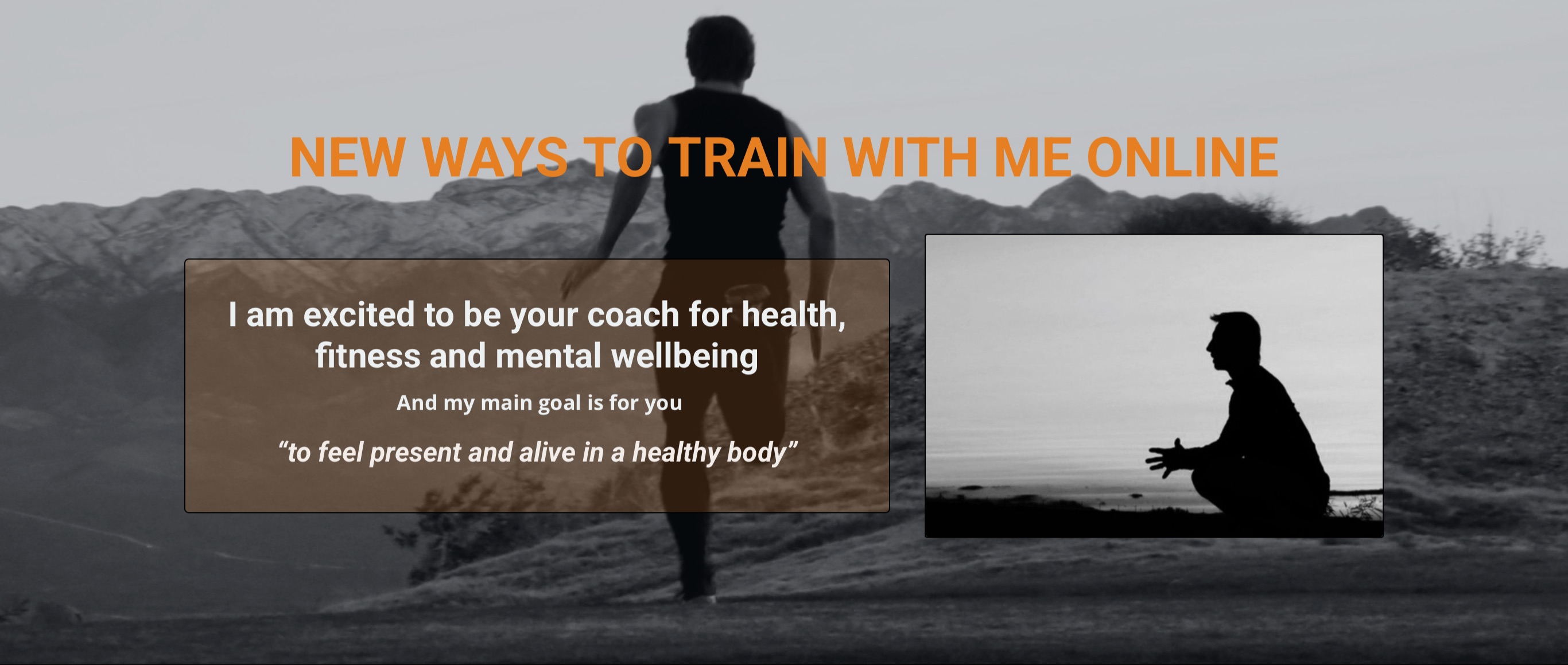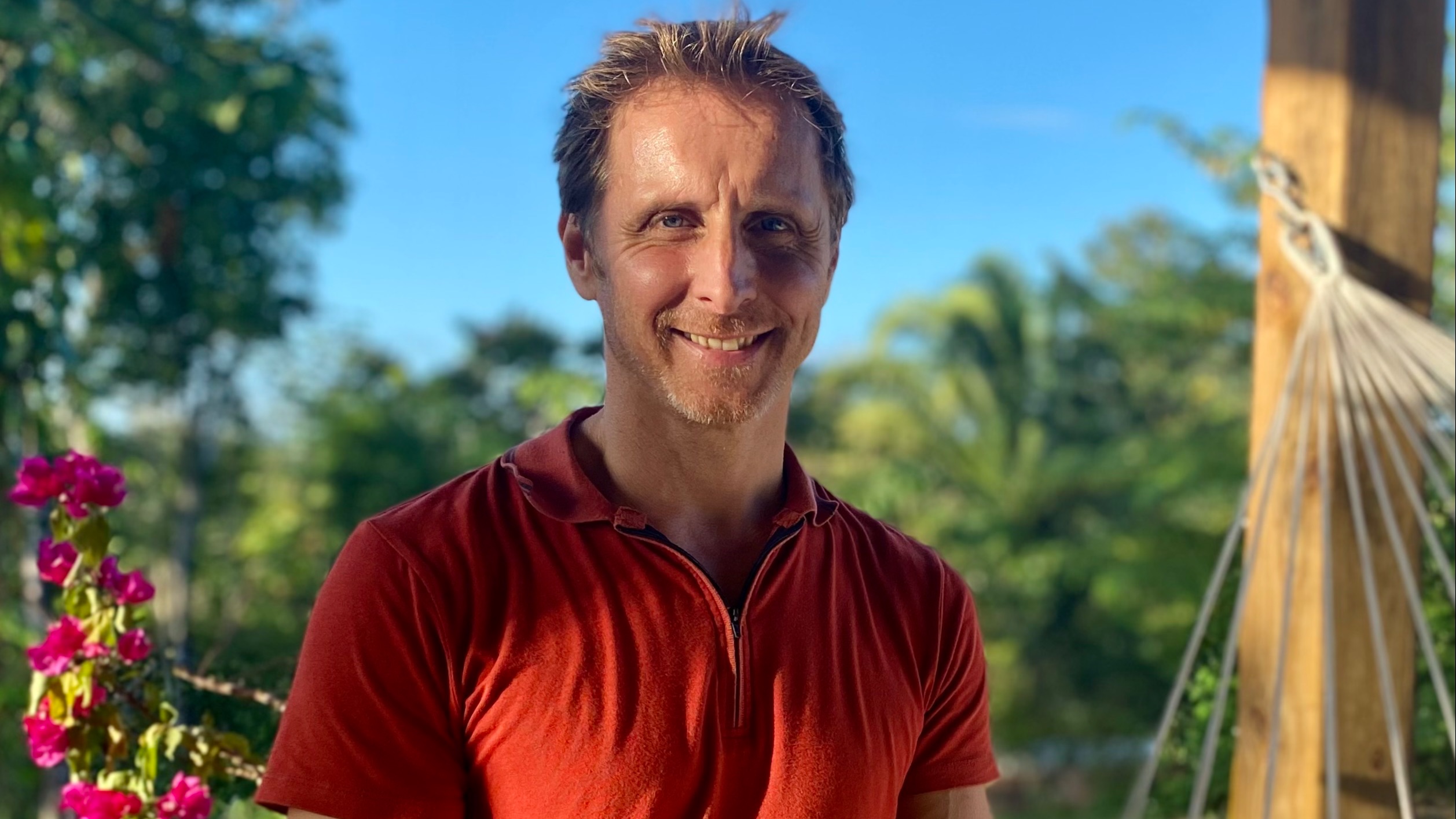Sharpening the senses - Touch, skin and health

Skin is our protective barrier from the outside world and is a good indicator of health.
We have recently had clusters on sight, sound, smell and taste. We now get to touch, including information about general anatomy and physiology of your skin. Then next week we’ll finish focus this series with touch on the inside (proprioception).
Before we dive into some fun facts and anatomy, here are some notes about the subtle side of touch.
Present moment
Our sense of touch is always in the here and now, so another doorway to the wonders of presence. However, a bit like breathing and postural awareness, it can easily get forgotten about with life’s distractions. E.g when deep in thought, busy at work, watching TV or caught doom-scrolling on social media!
Now, a little day-dreaming here and there is just fine and can actually be a very creative time; during artistry, gardening, music and projects. However, an over-riding tenant of Dojiva is to be…
more conscious of your body in daily life
Resting into the ground
At any time, you can focus on your contact points to the ground and I refer to this a lot during meditation classes. (For me, right now as I type this, I am aware of standing with one foot on the ground and the other slightly staggered and raised on a stall). If I was seated, I would be feeling into my pelvis (and to a lessor degree, my feet). On a lazy-boy, you have the whole back of your body supported!
The power of touch
Skin contact with another is a very personal thing, but when we receive touch (e.g. from a well trained masseur) there any many positive benefits:
- Relaxation and mental wellbeing. The stress hormone cortisol lowers whereas the ‘connection’ hormone oxytocin is stimulated.
- This can then help to lower blood pressure and improve general health including sleep quality.
- Help with circulation and an immune boost (from the lymph flow).
- For muscle recovery from sports, workouts and manual work days.
- Pain reduction and faster healing from injury.
- Improvements in posture.
- And as discussed above, for an improved sense of body awareness.
And many of these benefits come from the six second hug!
Fun facts - The three main layers
1 The top portion of skin is the epidermis which gets continually regenerated. This layer has sweat pores (for cooling and detox) and where we produce melanin for sun protection and skin colour.
2 Then we have the dermis which is made of mostly collagen and elastin. This has the actual sweat glands to support temperature regulation. Plus, this layer has blood supply, nerve endings, hair follicles, lymph cells and sebaceous glands to further help with cleansing.
3 Finally we have the subcutaneous (cushioning and insulation) layer that is made of connective tissue and fat and here we produce the oil sebum that keeps the skin moist and soft and also acts as a barrier against foreign substances.
Our sense of touch comes from nerves all over the skin with extra on the face, lips, tongue, and fingers. These communicate with the brain to help distinguish between many sensations:
- Temperature
- Pressure (depth of touch)
- Smooth verses rough
- Vibration
- Pleasure
- Discomfort - pain - burn, sting, itch, cut, abrasion, etc
Let’s take the example of pressure
How aware are you of your sit bones as you read this (or feet if using a standing desk)? And what about going more subtle; how is the weight of your clothes or even the air on your skin? How about doing a couple of mini mindfulness practices right now?
1 Close your eyes to notice your where your body contacts the ground. Especially feel your pelvis, feet and hands. Give this a go for 20 seconds while breathing calmly, then come back.
2 Next up, notice your clothing and the air on your skin where you are unclothed. Close your eyes again and do this one for 30 seconds while taking a few long, slow breaths.
The immediate result… usually more calm and present.
Beyond touch and sensing, skin has a host of other functions and benefits such as:
- Helps regulate temperature and insulation
- Storage of moisture and hydration levels
- It is involved in wound healing
- Is part of our detoxification system
- Support with manufacture of hair and nails
- Is part of vitamin D synthesis and helps mitigate UV radiation from the sun
- It acts as an immune organ that can detect infection
Yes, skin really is considered the largest organ and average sized adult has about 10lbs!
What goes on, goes in
In recent write ups I have talked about how our senses can be hijacked by synthetic versions of nature (especially for taste and smell). Well, it’s the same with skin and some of what goes on, goes in. So please opt for natural versions of sun cream, moisturisers, shampoos, deodorant, perfume/aftershave, make-up, body soap, dish soap, washing powder, etc.
And, this includes the clothes fibres that are touching your skin right right now (and bedsheets tonight). Many modern materials are made (in part) of plastic. When you next shop for clothes/bed linen, can you buy organic versions of cotton, linen, silk, bamboo, hemp etc?
One more important thing… about Illness
When sick, stressed or have an illness, it often shows up somewhere on the skin and this could be an early warning sign of some internal inflammation. If you do have chronic and recurring skin conditions, medical/healing interventions or dietary/lifestyle changes might need to be considered.
And, emotional concerns can be expressed through the skin too, so do reach out to friends, family or professionals if you need help and support.
Ok, that’s it for this week. For the next seven days, can you up your skin awareness and skin self care? Then next week, we’ll dive into touch on the inside!
Thanks for reading
Take care
Danny
To access all Dojiva classes - start the 10 day trial today - click here
Onto this week’s recommend Dojiva classes:
Onto this week’s classes:
Sunday 25th May 2025 - Mobility 24 - A gentle flowing class that has tapping to help raise body awareness and a walking lunge to stretch out while challenging balance related to gait.
Monday 26th - Mini fitness 82 - This class demonstrates how you can get a boost to your metabolism in just 4 minutes of interval training. You could do that three times spread throughout a day or all at once like this class.
Tuesday 27th - Mobility 120 - Mobility and self massage class to release glutes, hip flexors, hamstrings, calves, shins and ankles.
Wednesday 28th - Meditation 93 - Our latest meditation with binaural beats relaxation music.
Thursday 29th - Workout 114 - This class is designed to be slow and heavy for a great strength based challenge. Although bands could work well, I think dumb-bells would be best. I get creative with five gallon jugs and large fruit!
Friday 30th - Mobility 24 or 120 - Please repeat one of this week’s Mobility classes.
Saturday 31st - Mini fitness 80 - 10 sets of interval training with some powerful twisting options.




